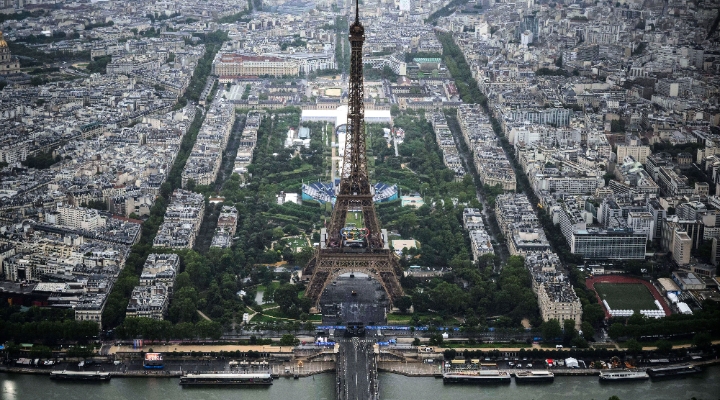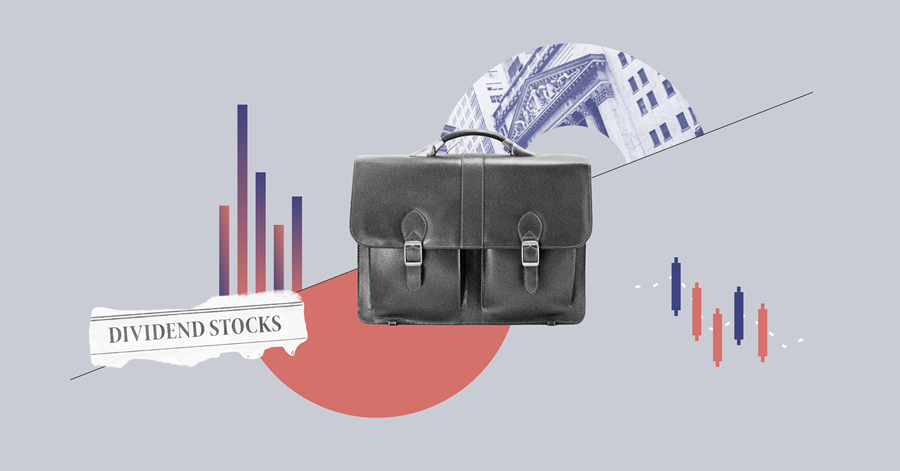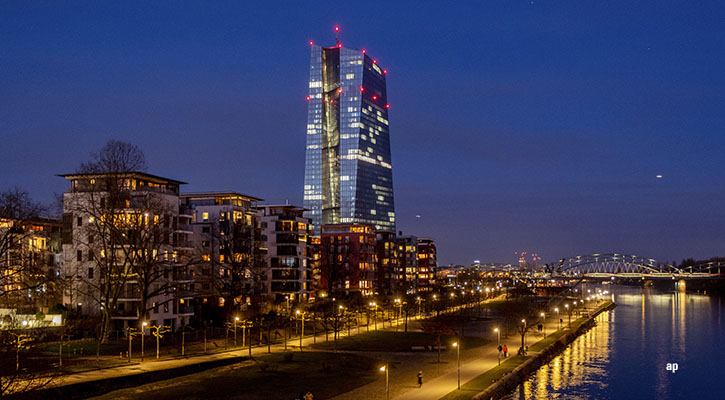
From France's tumultuous snap election to anemic economic growth in Germany, European equities have not been immune to serious uncertainty this year.
Yet, as October beds in, the EuroStoxx 50 has hit 5,003.99 points, slowly creeping back up to the record highs it last saw in the noughties. Despite domestic issues, over the last 12 months, European equities have been a lucrative haven for investors, benefiting from cuts to interest rates and falling inflation globally.
But that is the general picture. Michael Field, European Market Strategist at Morningstar, says how you did will very much have depended on where you were invested, and in what. That won't change as the final quarter of the year progresses.
"By aggregate [the] market is up more than 20% over the last twelve months," he says.
"But within that it has been really mixed across the sectors. If you were invested in consumer stocks, which have not been a great place to be all year, you would have only made 1.5% or 3% depending on your stake in consumer staples versus defensives."
Which European Equity Sectors Have Done Well?
Energy has also been disappointing, although Field points to financial services as one of the standout sectors amid a recovery from the March 2023 banking crisis, which soured sentiment in financial services across Europe and led ultimately to the acquisition of Credit Suisse by UBS UBSG.
"If you were investing in financial services, which [bounced back] since the banking crisis, you would have made a third of your money back in the space of 12 months, which is pretty phenomenal," he says.
UniCredit: The One to Watch?
Will James, fund manager of the Morningstar Silver-Rated Guinness European Equity Income Fund, argues financials continue to experience tail winds due to the effects of rate hikes after decades of negative interest rates.
So far this year, the fund has returned 11.13% to investors, beating its Europe ex-UK Equity category by 4.24%.
James now believes that the sector will be a driver of performance for European equities in Q4. But there are also risks.
"The key risk for them is if economic growth slows aggressively and people start to worry about another potential mini-recession," he says.
"But now they seem to be making enough money to be able to get away with that."
UniCredit UCG does not feature in his fund, yet James expects the Italian bank to drive growth in the European financial sector for the remainder of the year.
Key Morningstar Metrics for UniCredit
• Economic Moat: None
• Fair Value Estimate: €35.00
• Forward Dividend Yield: 4.58%
• Morningstar Rating: 3 stars
• Sector: Financial Services
• Morningstar Uncertainty Rating: High
Why Unicredit? The Italian bank's share price has been bolstered by its move to build a larger stake in German rival Commerzbank CBK, a deeper tie-up that represents a significant shift in mergers and acquisitions activity in European financial services.
The move is the brainchild of new chief executive Andrea Orcel, who wants to use the bank's €6 billion (£4.9 billion) of extra cash to transform the business's prospects.
"The reason you are starting to see M&A coming back in is because someone like UniCredit wants to use the excess capital they have generated over the last 18 months to become bigger," James says.
"Although, in my experience, when banks become bigger it's always a bit more dangerous."
French Equities in Focus
And what of France's CAC 40 index, which has lagged European peers due to the fallout from the country's snap election in July. That resulted, ultimately, in the formation of a fragile center-right government led by conservative Michel Barnier and enjoying the far-right's tacit support.
"It has been ticking up a little bit, but it's still below its pre-summer valuations," Field says.
"It has been the laggard amongst the different countries whereas the rest have pretty much caught up to their all-time peaks."
What happens next will depend on the performance of luxury stocks LVMH MC, Kering KER, and Hermes RMS. LVMH and Hermes are France's largest companies by market capitalisation, but, like other consumer cyclical companies, they have been hit hard by dimming consumer sentiment and a retraction in sales in China.
"Part of the reason for cyclicals underperforming defensive so much has been that everyone has got gloomy about China," says Tom O'Hara, portfolio manager of the Morningstar Bronze-Rated Janus Henderson Continental European Fund. So far this year, this fund has returned 4.8% to investors, underpeforming its Europe Ex-UK Equity category by 2.1%.
"But the Chinese government, having made positive noises last week about fixing their economy, has helped some cyclicals bounce back."
China has also announced a series of interest rate cuts, extra funding for the stock market and economic support for its wounded property sector.
"We are now at the point where it's [the start of] Q4 and the mood has changed slightly; towards hope that we can push through negative Chinese sentiment," O'Hara says.
"And maybe the Federal Reserve in the US hasn't left rate cuts too late and so the underlying economy is heading for a soft landing. If you put those things together, then it should be pretty good for a cyclicals catch-up—and for some of these consumer discretionary areas like luxury."
Rajesh Tanna, portfolio manager of the Morningstar Silver-Rated JPM Global Unconstrained fund, also believes LVMH, which owns the luxury brands Dior, Givenchy, and Tag Heuer, shows good long-term potential. So far this year the fund has returned 16.7% to investors, beating its Global Large-Cap Growth Equity category by 7.3%.
"What you have now is a phase of slower growth, but you have got a business with the best brands in the world trading on 19-times earnings," he says.
"LVMH will benefit from consumption not just in the likes of China but also in the US. Many other markets are now starting to become quite notable in size, like the Middle East and India."
Though the tide may be turning for luxury, however, Field is unsure if other consumer staples brands will experience the same victory in Q4.
"Consumer staples companies are great at passing through inflationary price increases. People will just pay because they need those goods," he says.
"But over a shorter period when inflation has been high for two years-plus, it really stretches the consumer, [particularly] when they are paying 7% more every single year for goods."
The travel sector, which is not seeing the same slowdown in demand as other consumer staples, is also having to face up to the fact that its fortunes may change in Q4, with price wars a possibility this winter as companies battle to secure 2025 summer holiday purchases from a consumer focused on value for money.
Other Stocks to Watch in Q4
But there's one company in a bull run already.
German multinational industrials firm Siemens SIE, is a stock many believe will continue to rise until the end of the year. Its share price has jumped over 9% year to date, and over the past 12 months is up 34.6%.
Driving this has been increased infrastructure spending globally. The firm recently announced a $60 million (£45.1 million) budget to build a US factory that will develop high-speed trains to transport commuters between Los Angeles and Las Vegas.
Likewise, telecommunications giants like Telefonica TEF and Deutsche Telekom DTE are also benefiting from infrastructure as a theme as investors sell out of cyclical stocks to buy into telecoms for their stable earnings and low volatility. Both companies' share prices have jumped 21.29% and 33.02%, year to date, respectively.
The biggest story of the year is, however, yet to come. For James, investors in European equities cannot ignore the impact of political stories on the continent.
"There is no imminent danger from the political news," he says, "but it just shows there is still fragility in these countries from a political perspective. 10 years ago everyone was worried about Italy and Spain, but now they are more concerned about France and Germany."
"Most importantly in a month's time we have got the US election and that is going to drive a lot of sentiment," he says.
An earlier version of this article incorrectly described the outcome of the French election as a government led by France's political left. The article has been updated to correct this.































